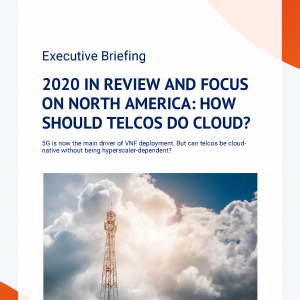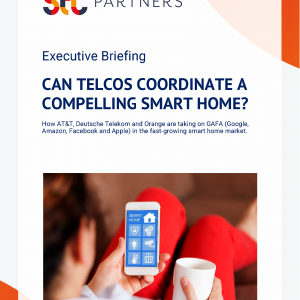Can telcos help cities combat congestion?
£1,000.00 excl VAT
How telcos can partner with disruptors and innovators, such as Uber, Bird and Lime, to carve a role for themselves in urban travel and address the myriad challenges facing cities.
Description
Format: PDF filePages: 36 pagesCharts: 11Author: David PringlePublication Date: February 2019
Table of Contents
- Executive summary
- Introduction
- Disrupting urban travel
- Similarities with telecoms
- Bringing about a multi-modal future
- The Amazon of transportation?
- Uber’s competitors
- Takeaways – why one company won’t win
- The rise of e-bikes and e-scooters
- The challenges confronting micro-mobility
- Lack of profitability
- The maintenance and charging conundrum
- The threats of vandalism and theft
- Safety and public order
- Buying rather than renting
- How telcos are getting involved
- Conclusions
Table of Figures
- Figure 1: People have been flocking into cities worldwide for the past five decades
- Figure 2: Many cities in the developing world are very crowded and cramped
- Figure 3: The countries where the most time is lost to traffic congestion
- Figure 4: Most of the most gridlocked cities are in the developed world
- Figure 5: An overview of the pros and cons of different modes of urban transport
- Figure 6: Lime and Bird are clear leaders in the US e-bike and scooter sharing markets
- Figure 7: Both Lime and Bird have reported rapid growth in the number of rides
- Figure 8: Lime claims using its products is far cheaper than using a private car
- Figure 9: Challenges facing providers of shared bikes and scooters
- Figure 10: Some Northern European countries have embraced cycling in urban areas
- Figure 11: Sales of bikes (including electric-bikes) continue to rise
Technologies and industry terms referenced include: Bird, China Mobile, China Telecom, Consumer IoT, Lime, Lyft, M1, smart city, Travel, Uber


